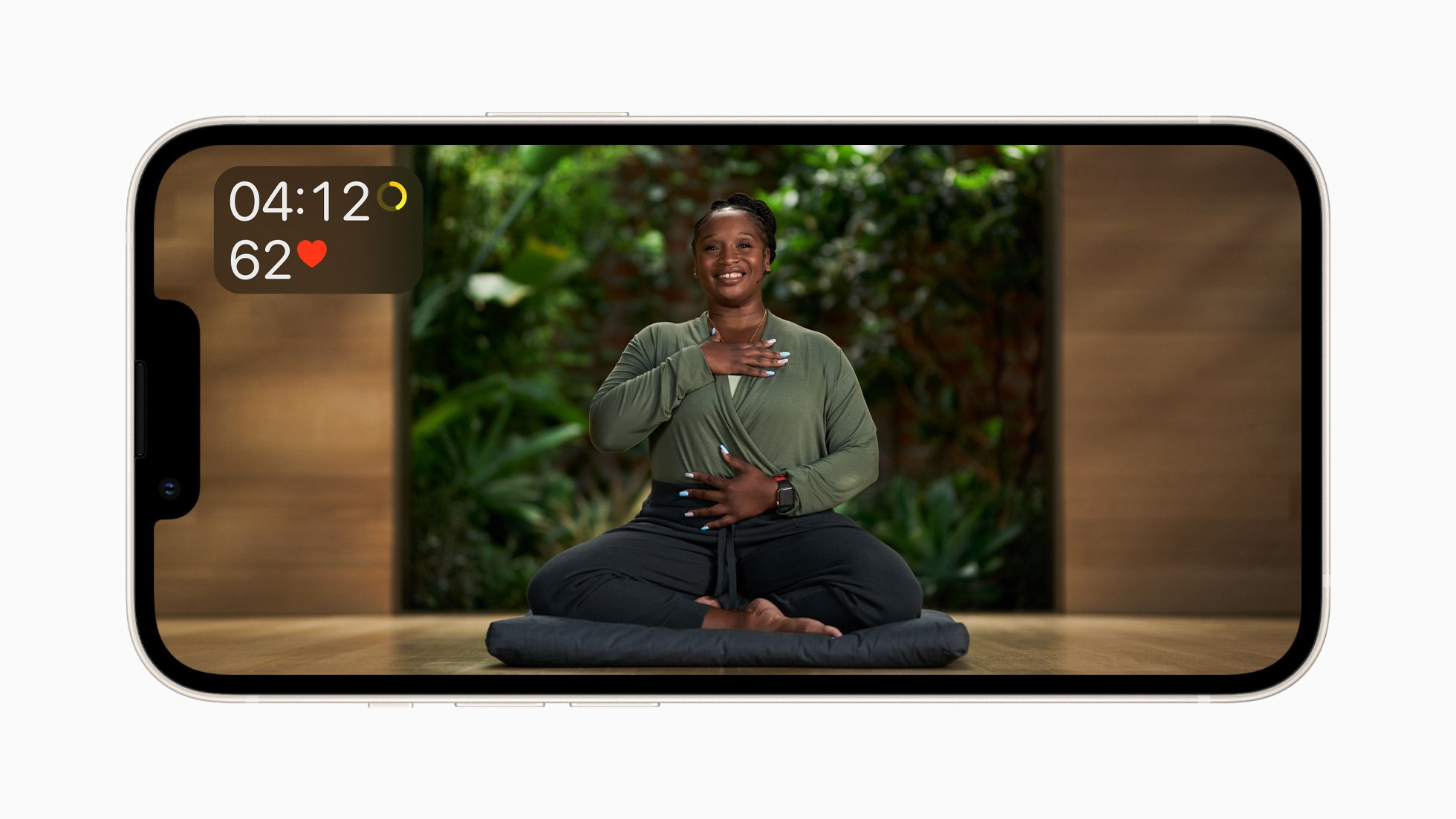Why Apple's new mental health feature in iOS 17 and watchOS 10 is really important
Log your state of mind to build up your mental toughness.

There were a ton of announcements at WWDC 2023, but one of the most impactful has to be what Apple is doing in the area of mental health.
I love using my Apple Watch to track my fitness. I use it to track my walks, runs, hikes, trips to the gym, and any other kind of physical activity I get myself into since the Workout app now supports three million workout types. Okay, maybe not that many, but it's pretty comprehensive at this point.
This year, I finally started tracking my nutrition with Lifesum. It's a great app — even the free version — to scan barcodes to easily track all of the food you eat. It also tracks your water intake, something I really needed to start doing since I am perpetually dehydrated.
The one area I was lacking in tracking, however, was how I was feeling mentally. I've always viewed going to therapy as going to the gym...for my brain. While I've been consistent with therapy over the last six years, that's only happening twice a month.
I know I've needed to get some reps in outside of my sessions, but thankfully, Apple has a solution for me with watchOS 10, and iOS 17 if needed.
You can now log your state of mind
With watchOS 10, Apple is adding the ability to log your state of mind to the Mindfulness app on the Apple Watch. Not only will you be able to record what Apple calls a "momentary emotion," but you'll also be able to log your overall daily mood as well.
In addition to logging how you're feeling, you'll be able to choose what is contributing to that feeling and describe it.
Master your iPhone in minutes
iMore offers spot-on advice and guidance from our team of experts, with decades of Apple device experience to lean on. Learn more with iMore!
With the Mindfulness app in watchOS 10, users can discreetly and conveniently log their momentary emotions and daily moods. Users can turn the Digital Crown to scroll through engaging, multidimensional shapes to choose how they are feeling, select what is having the biggest impact on them, and describe their feelings.
So, what can you do with all of this data? A lot, actually. According to Apple, the company will bring this information into the Health app to try and pull out helpful insights as to what may be contributing to how you are feeling. For example, the Health app might be able to see that there is a connection between feeling pleasant and getting a good night's sleep.
In the Health app in iOS 17 and iPadOS 17, users can see valuable insights to identify what might be contributing to their state of mind — whether it’s associations or lifestyle factors, like sleep or exercise. Additionally, depression and anxiety assessments often used in clinics are now easily accessible in the Health app and can help users determine their risk level, connect to resources available in their region, and create a PDF to share with their doctor.
Apple has some mental health features already
While logging your state of mind and having the Health app provide some insight with that data is new this year, these aren't the only mental health features that Apple has. The Mindfulness app in watchOS 9 already has the Breathe, Reflect, and Fitness+ meditations available to users. Fitness+ meditations, of course, are also available on the iPhone, iPad, and Apple TV.
Writing this article made me remember that you can actually have your watch remind you to reflect and breathe with push notifications, something that I immediately turned on as, while I have always wanted to do this regularly, I have failed spectacularly trying to remember myself. I've also started to do some of the Fitness+ meditations and they're fantastic — you can do one in as little as five minutes, which everyone finds during the day.

I'm excited these features are baked in
Of course, a lot of these kinds of mental health features exist in third-party apps as well. Some apps, like Calm and Headspace, are incredibly popular and include a lot of these kinds of experiences for those looking to work on their mental strength.
That said, bringing these experiences into the built-in apps will, of course, introduce them to more people who wouldn't have gone out to the App Store, searched around, and downloaded one.
Of course, these features are not a replacement for therapy and other treatments for mental health issues. But it's a good step forward for treating mental health the same way that we treat physical health, something that's incredibly important.
I'm ready to start logging my state of mind come the fall when watchOS 10 officially launches later this year. Will you?

Joe Wituschek is a Contributor at iMore. With over ten years in the technology industry, one of them being at Apple, Joe now covers the company for the website. In addition to covering breaking news, Joe also writes editorials and reviews for a range of products. He fell in love with Apple products when he got an iPod nano for Christmas almost twenty years ago. Despite being considered a "heavy" user, he has always preferred the consumer-focused products like the MacBook Air, iPad mini, and iPhone 13 mini. He will fight to the death to keep a mini iPhone in the lineup. In his free time, Joe enjoys video games, movies, photography, running, and basically everything outdoors.
